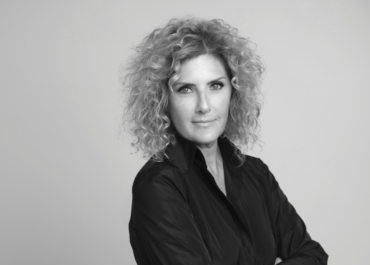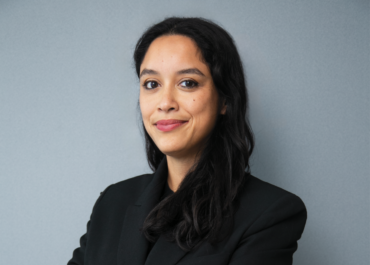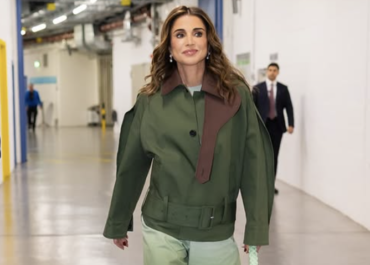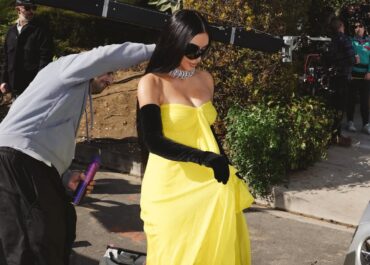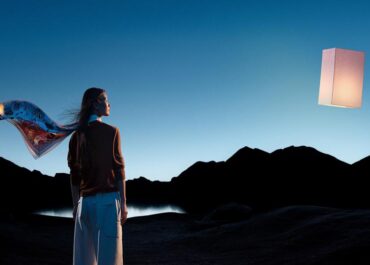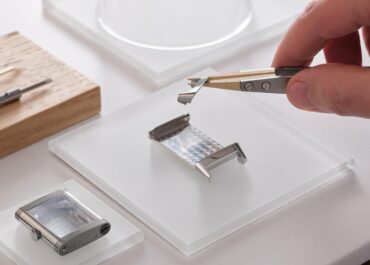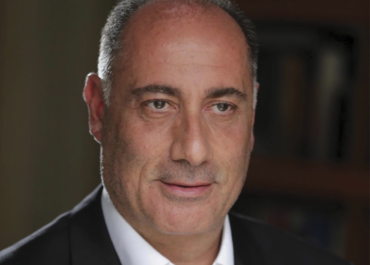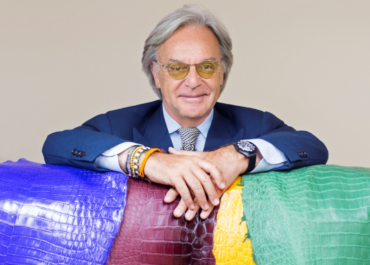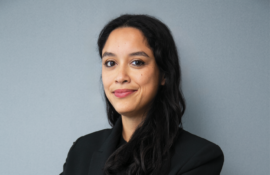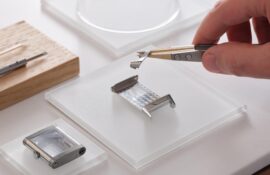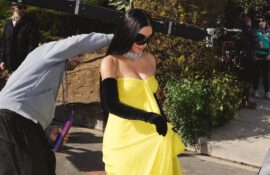In the heart of Beirut, Pik’D stands as more than a design store; it’s a curated dialogue between cultures, materials, and creative minds. Founded by Randa Missir, Pik’D brings together Lebanese and internationally renowned artists in a space that feels part gallery, part collector’s sanctuary.
Each object is chosen not merely for its beauty, but for the story it tells, a reflection of craftsmanship, vision, and emotion. For architects, collectors, and design lovers, Pik’D offers an experience that transcends commerce. It’s a place where art is felt, not just seen; where local talent meets global aesthetics, and where Randa’s refined eye bridges the worlds of tradition and innovation. In this interview, Randa Missir opens up about her curatorial philosophy, her love for design, and how Pik’D is redefining the art of collecting in Lebanon and beyond.
What inspired you to create Pik’D, and how did your personal journey lead you to this intersection of art, design, and curation?
PIK’D started as an instinct rather than a business plan. I’ve always been a collector, first for myself, then to support my husband’s design practice, and eventually for what became my own gallery. I’m drawn to objects with a pulse, pieces that hold traces of the hand, of personal stories, what I call a ‘material narrative’. Over time, that impulse revealed a gap in our region: there was no dedicated space for design that lives between art and function, and between poetry and precision. PIK’D became that space.
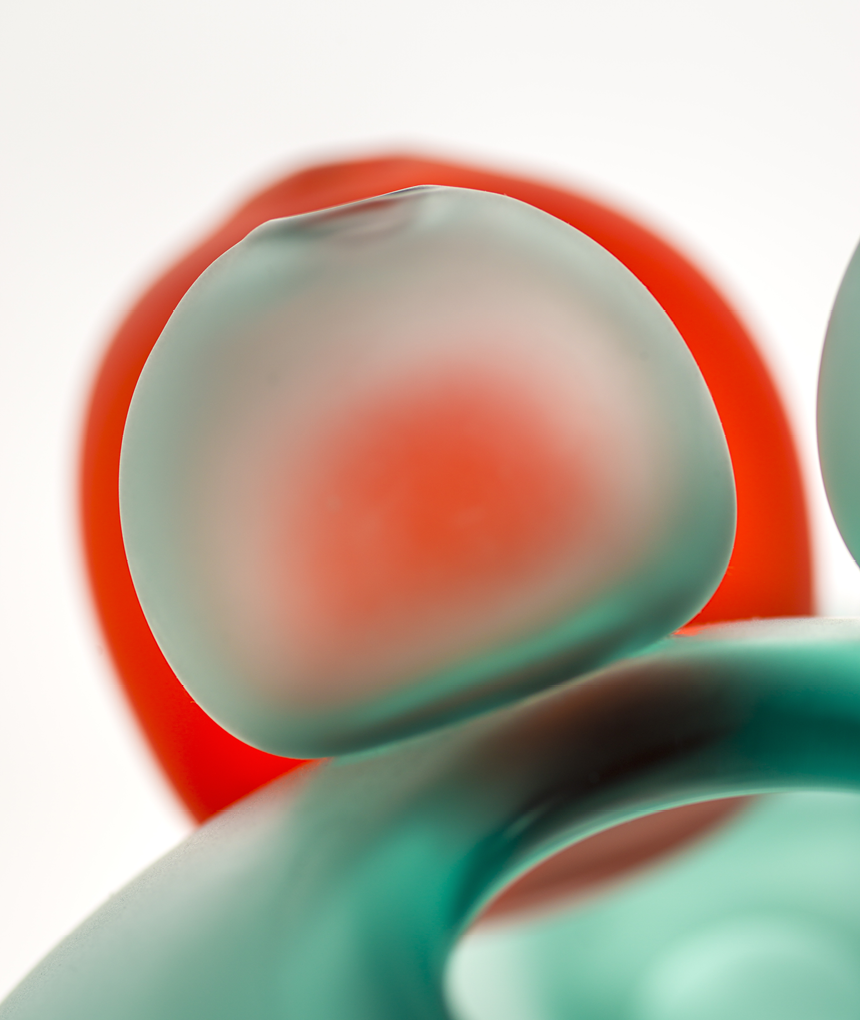
The name “Pik’D” is distinctive and intriguing. What does it mean to you, and how does it capture the spirit of your brand?
The name PIK’D reflects the act of choosing with intention. Nothing in the gallery is accidental or decorative; every piece is personally selected because it carries a certain intelligence of making. The apostrophe adds a hint of attitude; a contemporary edge, signalling that while the work is refined, it’s never passive. It’s art and design that asks to be noticed.
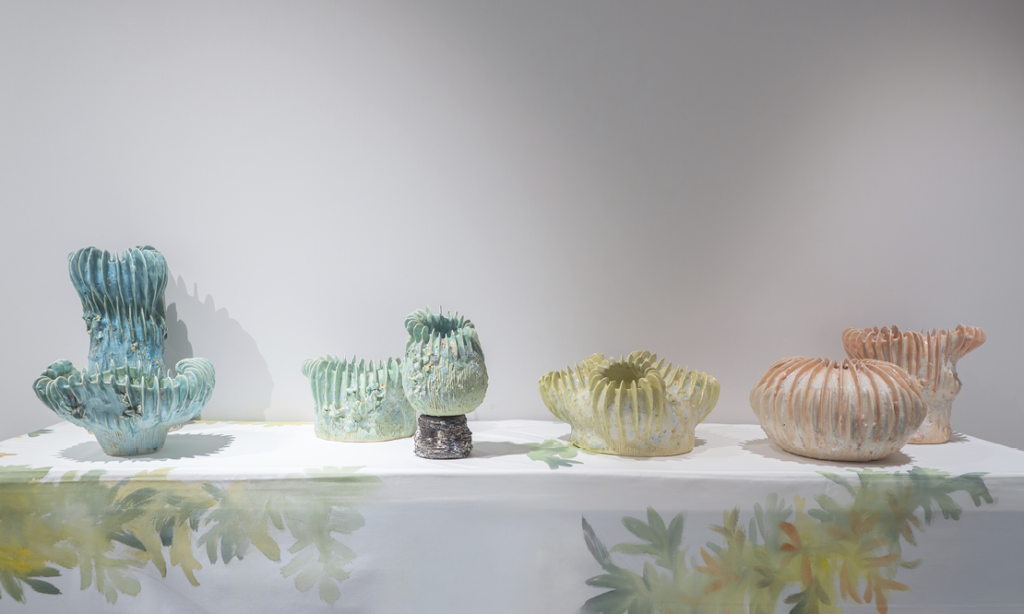
Pik’D has a unique identity that blends local artistry with global sophistication. How do you approach curating such a diverse mix of Lebanese and international creators?
For me, it’s never about nationality; it’s about calibre. Whether the piece comes from Beirut, Tokyo, or Milan, the standard is the same: it must hold its ground. It has to possess clarity of purpose, a command of process, and a certain charge, something that makes you pause. So rather than curating through contrast, I curate through alignment. I place the creators side by side not to compare, but to reveal how craft can manifest differently across cultures, while still speaking a universal language of touch, form, and imagination.
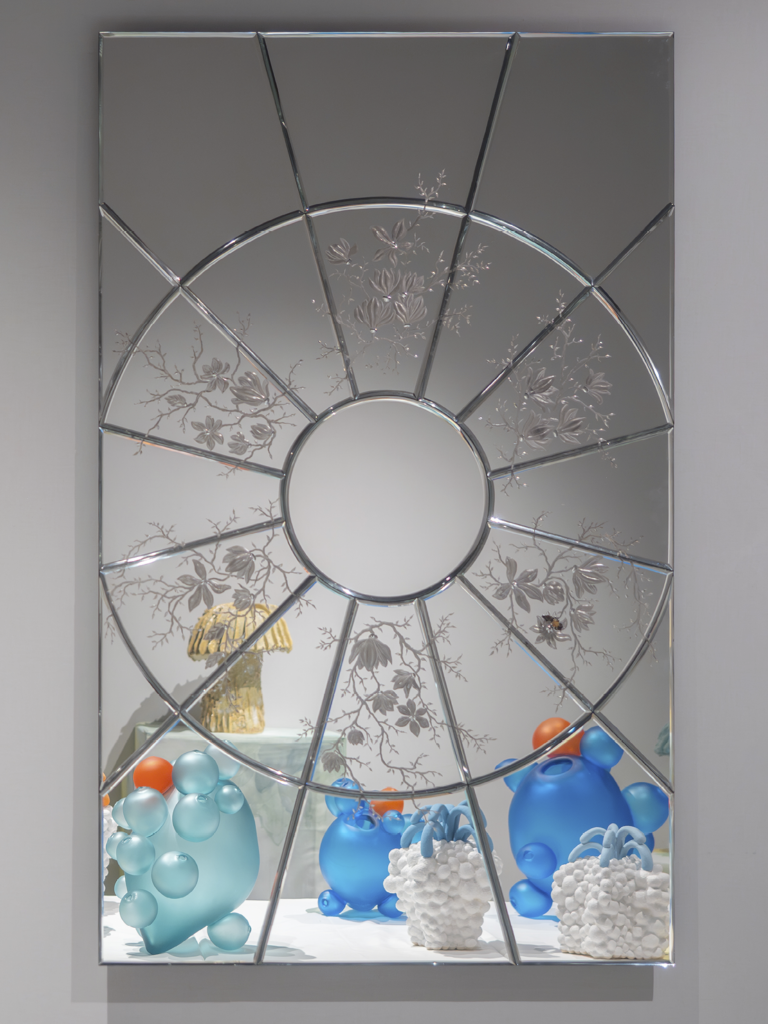
Lebanon has always had a strong creative pulse. How do you see Pik’D contributing to the narrative of Lebanese design on a regional and international scale?
Lebanon has always produced extraordinary talent, but it has not always had the international visibility. With PIK’D, I wanted to shift that. Rather than waiting for international validation, I chose to place Lebanese designers on equal footing with globally recognised names, not as a gesture of support, but as a statement of parity.
Regionally, I see PIK’D as a reference point, proving that collectable design from Lebanon isn’t an exception; it’s a standard. Internationally, our role is to shift perception: to move Lebanese creativity out of the “emerging scene” narrative and into the realm of established excellence. If I do my job well, a collector in London or Tokyo won’t buy a Lebanese piece because it’s Lebanese, but because it’s exceptional. That, to me, is the most powerful form of advocacy.
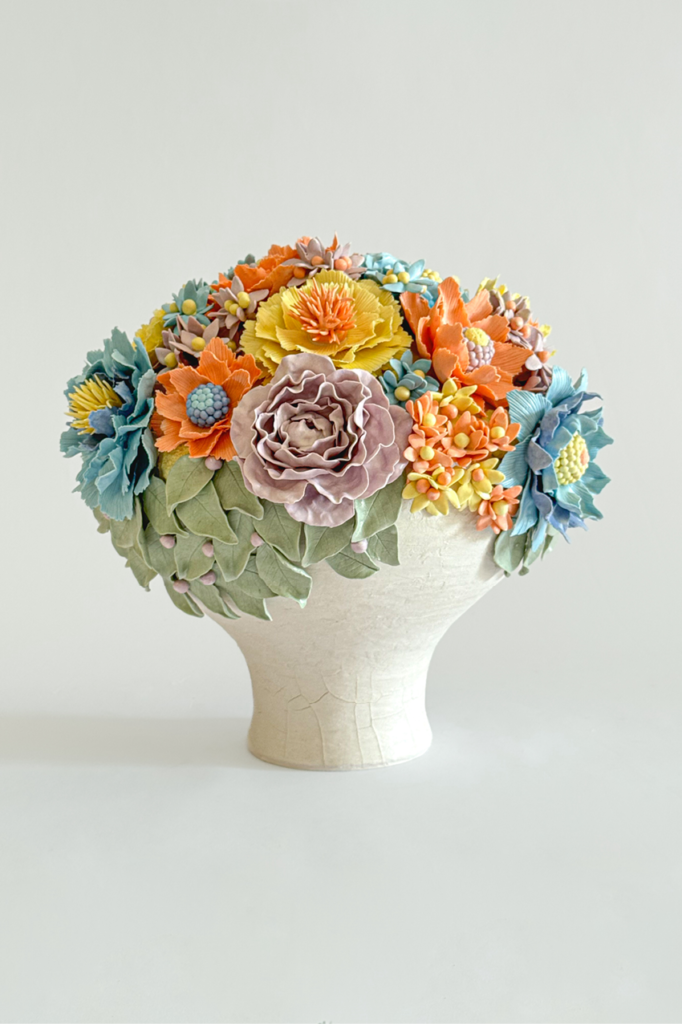
Your clientele includes high-end collectors, architects, and passionate design lovers. How do you craft an experience that speaks to such refined and varied tastes?
By refusing to underestimate my audience. Whether someone is a seasoned collector or simply deeply curious, what they share is a sensitivity to beauty, to detail, to stories embedded in objects. My role is not to impress them, but to create encounters. Each piece is positioned so that it reveals something, not just about itself, but about the works around it. A ceramic vessel might sit next to a glass sculpture, together seamlessly, so the experience is less about spectacle and more about recognition.
Every object at Pik’D feels like it tells a story. How important is storytelling in the way you present and connect art to your audience?
Every piece at PIK’D tells its own story. Each work reflects the maker’s choices, their rhythm, their hand, their way of seeing. I’m drawn to objects that carry that sense of individuality; no two are ever alike because no two processes are ever the same.
For me, storytelling isn’t an added layer; it’s built into the piece itself. You can read it in the line of a form, the texture of a glaze, the evidence of time and touch. My role is simply to bring those stories to the surface and let them speak.
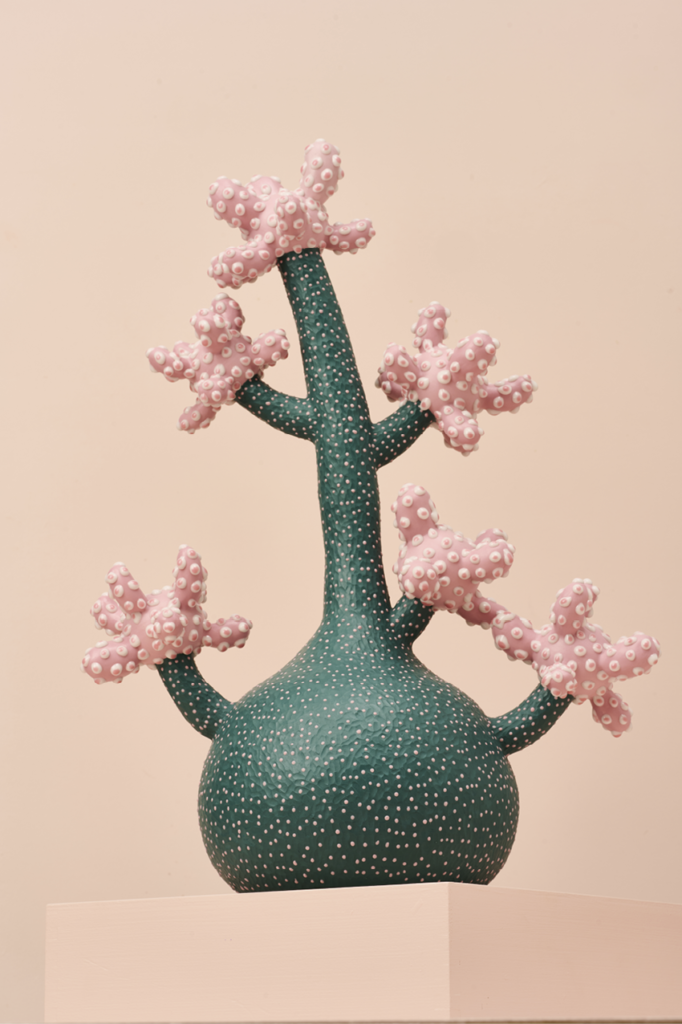
How do you navigate that fine line between creativity and commerce with Pik’D?
I lead with instinct rather than approaching it through the lens of business. My decisions are guided by what feels genuine, by pieces that move me or challenge me. That instinct has always paved the way, it shapes the direction, the collaborations, and ultimately the success of the gallery.

Collaboration seems to be at the heart of Pik’D. Can you share a partnership or exhibition that particularly embodies your vision for the brand?
I would say that our participation at PAD design fair this year was particularly meaningful. I’ve been attending PAD London and Paris since their early editions, always intrigued by the calibre of galleries and wondering when the moment would come for PIK’D to stand among them. To finally present there, not as a newcomer seeking entry, but as an equal voice, was a defining milestone. What made it even more special was the way we curated the presentation, placing international artists alongside Lebanese designers, with no hierarchy between them. That coexistence, respectful, unapologetic, and seamless, is exactly what PIK’D stands for.
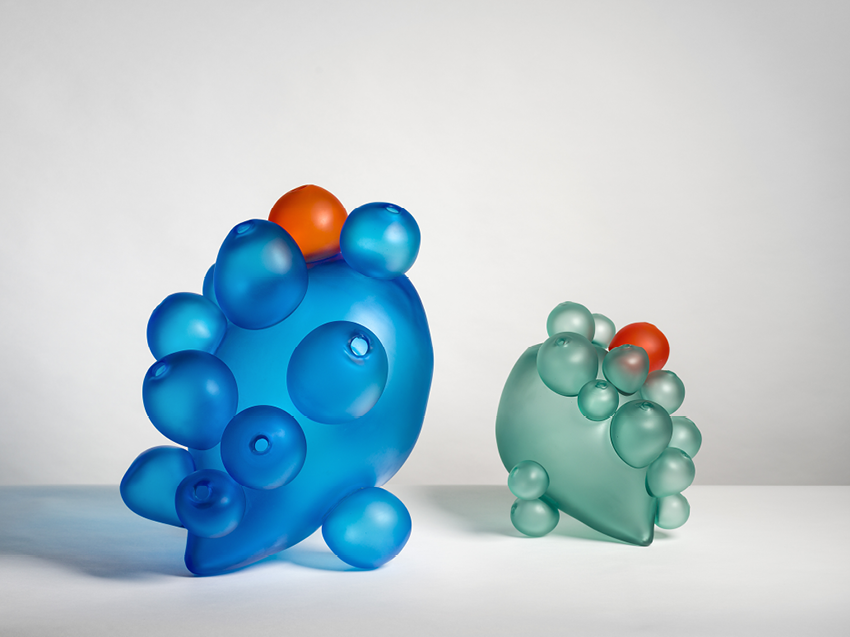
As digital art and AI-driven design grow in influence, how do you see the role of tangible, collectable pieces evolving in the years ahead?
Digital and AI-driven design are expanding what creativity can look like, and I welcome that. But I don’t believe they replace the physical; they actually highlight its value. The more our lives move into screens and simulations, the more we crave texture, gravity, and the presence of something made slowly by human hands. So I see the future not as digital versus tangible, but as digital pushing us to re-sensitise ourselves to material.
Looking to the future, what’s next for you and Pik’D? Are there new projects, collaborations, or directions that excite you most right now?
I really do believe in collaborations and growth, after all PIK’D was created to share beauty with the world in all its forms; material, cultural and through engagement. We are always working on something special, so do stay tuned!
As a woman leading a creative enterprise in a region still evolving in its perception of female entrepreneurship, how have you shaped your leadership style and found your voice?
I have never felt under-represented or disadvantaged, perhaps the opposite. Lebanon has championed women for as early as history itself, and I am a proud Lebanese woman on a mission, and I have only ever felt respect and support from everyone around me.
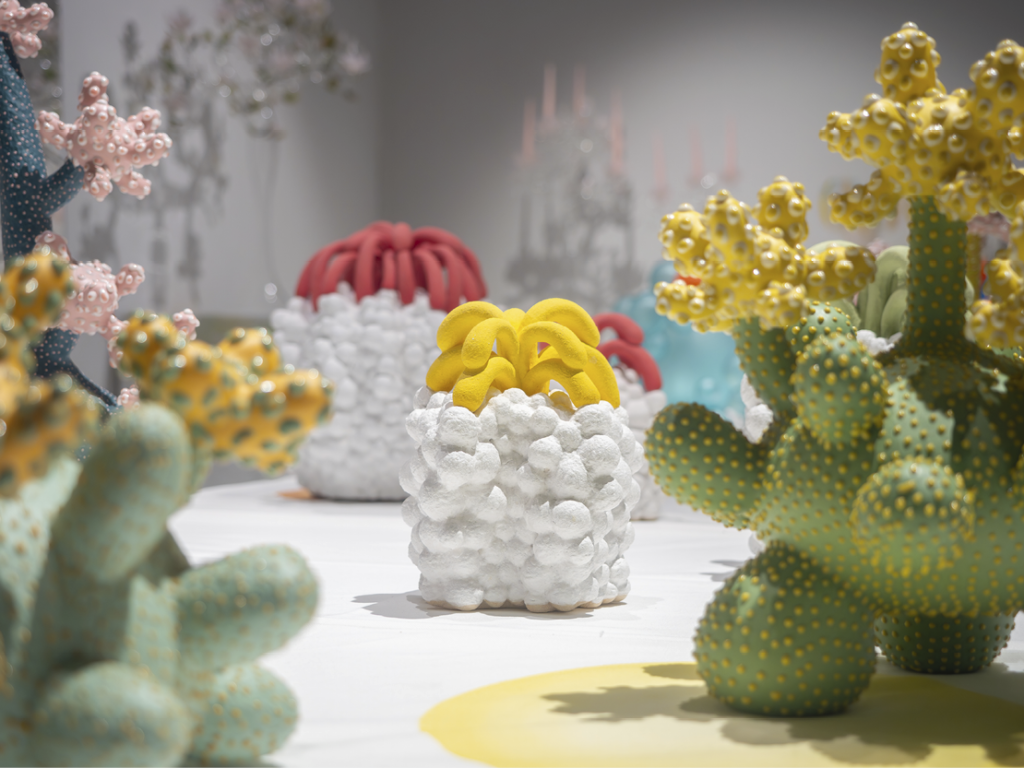
Building a design business in Lebanon undoubtedly comes with its challenges—economic, cultural, and logistical. What has been the biggest challenge you’ve faced, and what has it taught you?
My greatest challenge was undoubtedly the August 2020 Beirut Explosions, I lost my gallery and almost all my pieces. I was badly hurt, and recuperation took some time. I have persevered, however, patiently, I replaced my gallery and the pieces. Today PIK’D stands tall, never having let down a designer, and I am proud of that.
By Lea Nouhra


